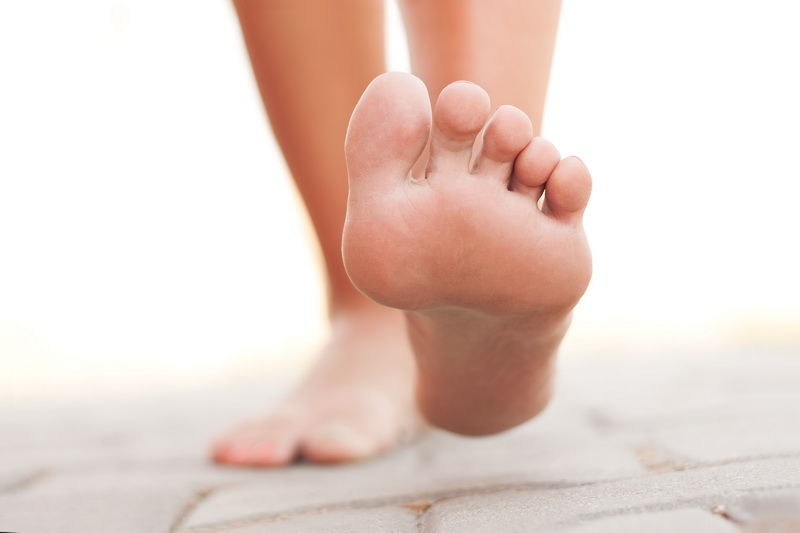Podiatrists are health care doctors that specialise in problems involving the lower legs and feet. They can help manage the symptoms of chronic illnesses as well as injuries, such as diabetes. They are often referred to as doctors of podiatric medicine.
Podiatrists may administer and remove ingrown toenails with a nail anvil or splitters and pain medicine with syringes. Doctors may even use scalpels to cut into the skin around a toenail or to scrape away at calluses and corns. Many doctors utilise liquid nitrogen cryotherapy equipment to remove plantar warts.
What To Expect When Visiting A Podiatrist
Your first appointment with a podiatrist will be similar to any other doctor's appointment. They will inquire about your medical history, current medications, and any procedures you have undergone.
They will then examine how you walk and stand, as well as your joint range of motion and how well your shoes fit. Foot abnormalities, circulation in your feet (in case of diabetes), lower back and heel pain, ingrown toenails, and bunions are frequently treated at the initial appointment.
To treat medical problems with your feet, the podiatrist may recommend orthotics, padding, or physical therapy. Some conditions can be treated in the office and may not require surgery or incision.
Types of Treatments Podiatrists Are Trained In To Help Your Feet
Podiatrists treat patients of all ages for a variety of foot problems, including:
Bunions and Hammertoes
Bunions and hammertoes are common foot issues. A bunion forms when the joint at the base of your big toe becomes misaligned or enlarges. Resultantly, the toe bends toward the other toes. Conversely, a hammertoe does not bend properly.
Diabetes
This is a state in which your body does not use or does not produce the hormone insulin as it should. The condition can harm the nerves in your legs and feet, and you may not be able to get enough blood to them.
Nail Problems
An ingrown toenail or a fungus infection in your nail is a common nail problem. You can recognise this condition if the side or corner of a nail does not grow straight out; instead, it grows into your toe.
Arthritis
Arthritis is characterised by inflammation and wear and tear on the joints. A podiatrist may offer medicines, physical therapy, or special shoes or inserts to help with your arthritis. If other treatments are not working, surgery may be an option.
Flat or Inward Feet
If your toes do not line up properly or if your feet point inward or look flat, a podiatrist may be able to help. It is possible that exercises, insoles, or braces will be recommended. Alternatively, surgery may be recommended.
Heel Aches
Heel spurs occurs when excess calcium is deposited at the base of the heel bone. It is a major cause of pain in the heels. Running, wearing ill-fitting shoes, and being overweight can cause heel aches or spurs.
Plantar fasciitis
Plantar fasciitis is a condition in which the connective tissue band that runs around the bottom of your foot becomes inflamed. The majority of the time, poor sports and unsupportive shoes may cause this condition. Over-the-counter pain relievers and shoe inserts are frequently used to treat this condition. However, some individuals may require surgery.
Final Thoughts
A podiatrist can provide treatment once they have made an analysis of your condition. Depending on the severity and the kind of condition you have, a podiatrist may collaborate with a healthcare team or another specialist. For more details, please contact us.
